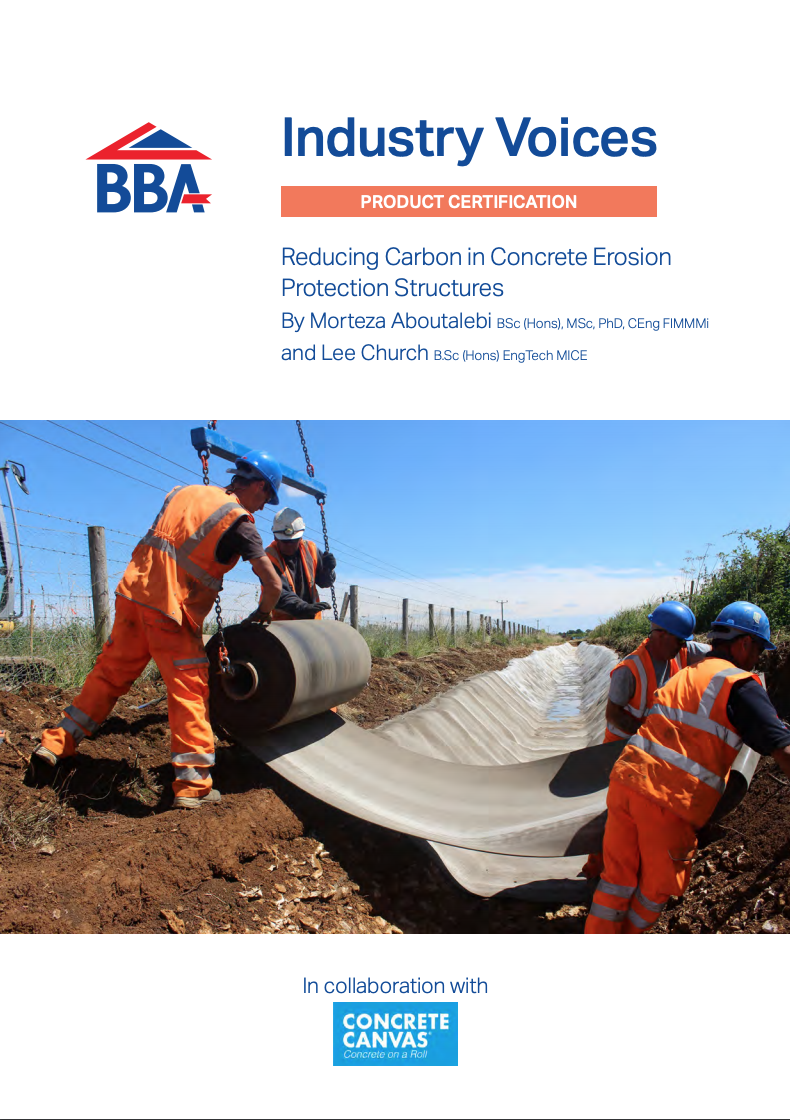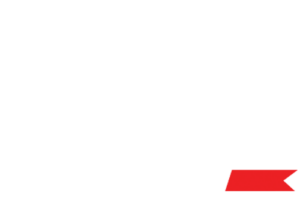What do overseas suppliers need to take into account when planning their entry into the UK construction products market?
The UK is consistently rated as an attractive option for construction product manufacturers around the world.
As an example, last September, the US government’s International Trade Administration (ITA) described UK design and construction as a best prospect industry sector for American firms. The ITA pointed to the size of the sector (the 6th biggest global construction market outside the US) and in particular the UK government’s £5.6bn National Infrastructure Pipeline covering schools, hospitals, transport and a myriad of smaller local projects.
A December 2021 study of the UK construction materials market by Spain’s exports and investment agency, makes similar points about the UK infrastructure programme and highlights Britain’s persistent need to import significant quantities of construction materials and finished products.
UK attractiveness has also been boosted by the recent signing of the Windsor Agreement on trade arrangements for Northern Ireland and the removal of the risk of a damaging UK/EU trade war.
So, if in the face of these positives an overseas business is thinking about placing a construction product on the UK market for the first time, what do they need to know?
In this blog I’m going to cover two important pieces of the jigsaw:
- What are the big, sector wide trends shaping what asset owners, specifiers, designers and other stakeholders are looking for when they are identifying potential products?
- What role can certification play in facilitating successful entry into the UK market?
Two key trends – Net Zero and Building Safety
Net Zero
As we’ve seen, the US and Spanish governments both advise their manufacturers to be aware of a growing demand for eco-friendly construction.
I’d add to this that any new entrant with ambitions of establishing a long-term presence in the UK should pay particular attention to the UK government’s legally binding commitment to become a Net Zero economy by 2050.
This commitment is being implemented via a series of carbon budgets. The current 6th budget was published by the advisory Climate Change Committee in December 2020 and formally adopted by government in June 2021. In order to provide long term visibility of the direction of travel, the budget includes decarbonisation pathways for different economic sectors. The manufacturing and construction pathway implies a very steep reduction in total sector emissions of 75% by 2035 and 90% by 2040 (against a 2018 baseline). Products, of course, only account for a proportion of manufacturing and construction emissions but they are already being targeted by clients. Taking just one example, National Highways, who manage the rolling multi-billion investment programme into England’s strategic road network are targeting Net Zero construction and maintenance by 2040 and anticipate that zero carbon construction products will account for 41% of the savings required.
Building Safety
Any new entrant should also take the time to fully acquaint themselves with changes to the Building Safety Regime. In 2017, 72 people died at Grenfell Tower, a high-rise residential block in West London, when a fire in one of the flats spread rapidly up the building’s exterior due in part to dangerously combustible and poorly installed cladding and external insultation.
This shocking incident has led to much soul searching in the UK construction sector. As part of a wider overhaul of standards and culture, the Building Safety Act 2022 has introduced more stringent responsibilities for duty holders at specific gateways during the construction and renovation of higher risk buildings (those over 18m or storeys and with at least 2 residential units). Once a building moves into use, there are also new duties for landlords and freeholders to maintain a golden thread of key information about their buildings, to enable them to demonstrate that risks are being assessed and managed.
What role can certification play for new entrants to the UK market?
One important role for certification flows from these 2 trends. An increased focus on safety and carbon, is unsurprisingly increasing demand for reliable information about a product’s characteristics, performance, and overall compliance with standards. Indeed a recent survey by NBS, a provider of connected information platforms found that 55% of specifiers believe certification is essential for any safety critical product – and for 35% it is essential for any product at all. Similarly, nearly 90% of respondents said it was either quite or very important to have access to objective, comparable and third party verified data from a lifecycle perspective.
More broadly, third party certification by an approved body like the British Board of Agrément is a means of assuring stakeholders about all the characteristics of a new or innovative product that is being placed on the UK market – as well as its fitness for purpose and compliance with relevant standards.
Alongside achieving certification, early engagement with the BBA opens opportunities to tap into our insights about how the product can be placed on to the UK market, and what use can be made of testing or accreditation carried out in a manufacturer’s home country. Post certification, ongoing factory audit and periodic re-certification allows manufacturers to manage changes in the product without losing the confidence of the market. More information on how to access these services including a short webinar is available here.
Navigating Brexit
Finally, while the Windsor Agreement has created a more positive UK-EU atmosphere, overseas manufacturers do still need to be aware of post Brexit changes to the UK regime and in particular the switch from the EU’s CE marking to the new UKCA mark. The good news in the short run is that the date for the switch over has moved back until June 2025. There is lots of help available in BBA’s UKCA Hub to help overseas manufacturers navigate the complexity of this changing environment.

AUTHOR PROFILE:
Andrew Crudgington is an independent researcher and writer who works across the built environment. Previously he was Director of Policy at the Institution of Civil Engineers.
Share This Story, Choose Your Platform!
Related News
What do overseas suppliers need to take into account when planning their entry into the UK construction products market?
The UK is consistently rated as an attractive option for construction product manufacturers around the world.
As an example, last September, the US government’s International Trade Administration (ITA) described UK design and construction as a best prospect industry sector for American firms. The ITA pointed to the size of the sector (the 6th biggest global construction market outside the US) and in particular the UK government’s £5.6bn National Infrastructure Pipeline covering schools, hospitals, transport and a myriad of smaller local projects.
A December 2021 study of the UK construction materials market by Spain’s exports and investment agency, makes similar points about the UK infrastructure programme and highlights Britain’s persistent need to import significant quantities of construction materials and finished products.
UK attractiveness has also been boosted by the recent signing of the Windsor Agreement on trade arrangements for Northern Ireland and the removal of the risk of a damaging UK/EU trade war.
So, if in the face of these positives an overseas business is thinking about placing a construction product on the UK market for the first time, what do they need to know?
In this blog I’m going to cover two important pieces of the jigsaw:
- What are the big, sector wide trends shaping what asset owners, specifiers, designers and other stakeholders are looking for when they are identifying potential products?
- What role can certification play in facilitating successful entry into the UK market?
Two key trends – Net Zero and Building Safety
Net Zero
As we’ve seen, the US and Spanish governments both advise their manufacturers to be aware of a growing demand for eco-friendly construction.
I’d add to this that any new entrant with ambitions of establishing a long-term presence in the UK should pay particular attention to the UK government’s legally binding commitment to become a Net Zero economy by 2050.
This commitment is being implemented via a series of carbon budgets. The current 6th budget was published by the advisory Climate Change Committee in December 2020 and formally adopted by government in June 2021. In order to provide long term visibility of the direction of travel, the budget includes decarbonisation pathways for different economic sectors. The manufacturing and construction pathway implies a very steep reduction in total sector emissions of 75% by 2035 and 90% by 2040 (against a 2018 baseline). Products, of course, only account for a proportion of manufacturing and construction emissions but they are already being targeted by clients. Taking just one example, National Highways, who manage the rolling multi-billion investment programme into England’s strategic road network are targeting Net Zero construction and maintenance by 2040 and anticipate that zero carbon construction products will account for 41% of the savings required.
Building Safety
Any new entrant should also take the time to fully acquaint themselves with changes to the Building Safety Regime. In 2017, 72 people died at Grenfell Tower, a high-rise residential block in West London, when a fire in one of the flats spread rapidly up the building’s exterior due in part to dangerously combustible and poorly installed cladding and external insultation.
This shocking incident has led to much soul searching in the UK construction sector. As part of a wider overhaul of standards and culture, the Building Safety Act 2022 has introduced more stringent responsibilities for duty holders at specific gateways during the construction and renovation of higher risk buildings (those over 18m or storeys and with at least 2 residential units). Once a building moves into use, there are also new duties for landlords and freeholders to maintain a golden thread of key information about their buildings, to enable them to demonstrate that risks are being assessed and managed.
What role can certification play for new entrants to the UK market?
One important role for certification flows from these 2 trends. An increased focus on safety and carbon, is unsurprisingly increasing demand for reliable information about a product’s characteristics, performance, and overall compliance with standards. Indeed a recent survey by NBS, a provider of connected information platforms found that 55% of specifiers believe certification is essential for any safety critical product – and for 35% it is essential for any product at all. Similarly, nearly 90% of respondents said it was either quite or very important to have access to objective, comparable and third party verified data from a lifecycle perspective.
More broadly, third party certification by an approved body like the British Board of Agrément is a means of assuring stakeholders about all the characteristics of a new or innovative product that is being placed on the UK market – as well as its fitness for purpose and compliance with relevant standards.
Alongside achieving certification, early engagement with the BBA opens opportunities to tap into our insights about how the product can be placed on to the UK market, and what use can be made of testing or accreditation carried out in a manufacturer’s home country. Post certification, ongoing factory audit and periodic re-certification allows manufacturers to manage changes in the product without losing the confidence of the market. More information on how to access these services including a short webinar is available here.
Navigating Brexit
Finally, while the Windsor Agreement has created a more positive UK-EU atmosphere, overseas manufacturers do still need to be aware of post Brexit changes to the UK regime and in particular the switch from the EU’s CE marking to the new UKCA mark. The good news in the short run is that the date for the switch over has moved back until June 2025. There is lots of help available in BBA’s UKCA Hub to help overseas manufacturers navigate the complexity of this changing environment.

AUTHOR PROFILE:
Andrew Crudgington is an independent researcher and writer who works across the built environment. Previously he was Director of Policy at the Institution of Civil Engineers.
Share This Story, Choose Your Platform!
Related News
Get in touch
Please complete the form below and we will contact you as soon as possible.
To help us to respond to your inquiry as quickly as possible, we have put a handy list of our services below.


